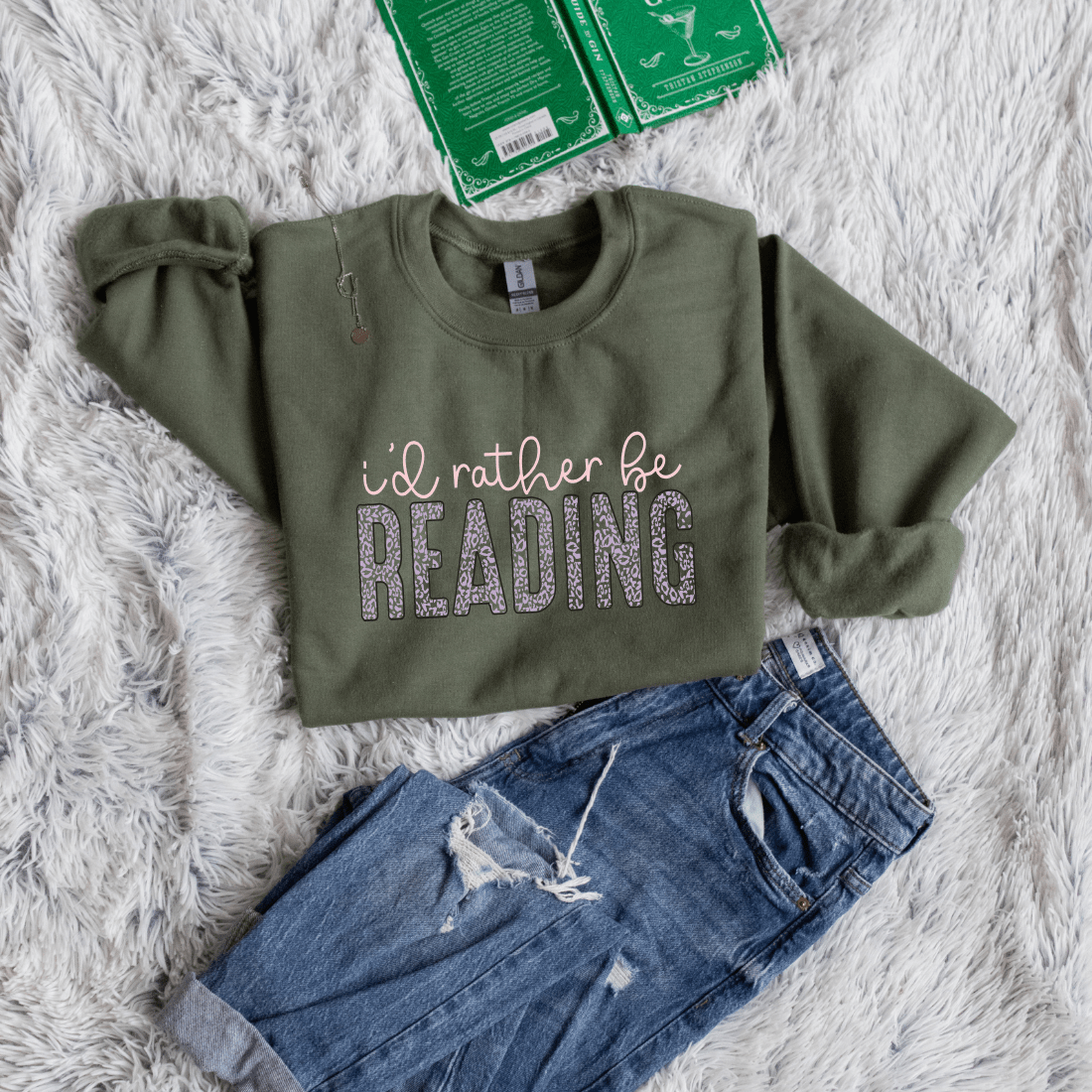
Books That Take Place in One Room – Deep Dives into Constrained Stories
Table of content
- 1. Key Takeaways
- 2. Why One-Room Books Hit Different
- 3. The Most Famous One-Room Books in Literature
- 4. Small Spaces, Big Emotions – What These Books Teach Us
- 5. Genres That Work Best in One Room
- 6. Book Club Approved: Best Picks for Group Discussions
- 7. How to Visually Organize Your One-Room Collection
- 8. Why Constrained Settings Boost Writing Creativity
- 9. Beyond Books: Films and Plays That Mastered the One-Room Setup
Key Takeaways
- One-room books sharpen focus on characters and emotions.
- These reads often feel intense, personal, and thought-provoking.
- Great for book clubs because they lead to layered discussions.
- They work across genres: thrillers, dramas, horror, and even philosophy.
- These books prove that less space can mean more impact.
Why One-Room Books Hit Different
Books set in one room have a special kind of power. The lack of movement means authors must focus on what’s happening inside the characters. Readers don’t get distracted by scenery. Instead, they zoom in on emotions, choices, and dialogue.
This storytelling style often creates a strong feeling of closeness. It’s like being locked in a room with the characters — you can’t look away.
- The pressure builds in real time.
- Characters often can't escape their problems.
- Conflict feels more intense when there’s nowhere to go.
These stories also overlap with those found in Books That Help with Stress Relief and Relaxation, offering emotional release despite their tension.
Image of a cozy reading nook with one armchair, a single lamp, and a book left open on the table.
The Most Famous One-Room Books in Literature
Some of the most gripping reads take place in just one room. Here are a few key titles:
- Room by Emma Donoghue — A mother and son trapped for years.
- No Exit by Jean-Paul Sartre — Three souls in hell confront each other.
- Misery by Stephen King — A writer held captive by his "biggest fan."
Each of these books shows how pressure, fear, or truth rises when there's no escape.
What they share:
- Psychological intensity
- Internal conflict over action
- Tight dialogue that carries the story
Minimalist line-art of a locked door or small window.
Small Spaces, Big Emotions – What These Books Teach Us
Constrained settings often amplify the emotional weight of a story. Because the action is limited, the focus turns to what people say, what they feel, and how they deal with tension.
You get:
- Close-ups on fear, grief, joy, or tension
- Dialogue that holds weight
- Subtle shifts that feel big
Many readers find themselves thinking about these books long after reading them.
Relevant read: How Your Brain Develops While Reading Image of a journal next to a book with annotations.
Genres That Work Best in One Room
| Genre | Why It Works in One Room |
| Thriller | Builds tension through confinement |
| Drama | Deep emotional and character focus |
| Horror | Isolation adds fear factor |
| Philosophy | Ideas and debates take the spotlight |
These books work well for readers who enjoy slower pacing with emotional payoff.
Illustration of closed doors with genre icons on each.
Book Club Approved: Best Picks for Group Discussions
Here are great one-room books for your next book club session:
- The Yellow Wallpaper by Charlotte Perkins Gilman — Mental health and power dynamics
- The Guest by Albert Camus — Freedom and choice in a closed space
Pair these with these 5 Questions to Spark Engaging Book Club Discussions to get the conversation going.
Discussion Tips:
- Ask how the setting shaped the plot.
- Explore the characters' emotional changes.
- Compare isolation in fiction to real-world experiences.
Illustration of a circle of people sitting and reading in a room.
How to Visually Organize Your One-Room Collection
One-room stories make a beautiful themed shelf. You can highlight their compact power with a neat display.
Organizing tips:
- Use vertical shelving to emphasize the confined space theme
- Group by color, author, or emotional tone
- Add props: tiny doors, keys, or chairs for decoration
For inspiration, visit Where Should Each Book Go? Bookshelf Organization Styles Pastel-toned image of an organized shelf with books and candles.
Why Constrained Settings Boost Writing Creativity
Writers who work in one-room formats often become more intentional. They need to:
- Create tension without movement
- Develop deeper dialogue
- Use objects and silence in meaningful ways
As a writer myself, I find that one-room prompts are the hardest to write but the most rewarding to finish. See this external source from New York Public Library for writing within limits. Writer’s desk in a small attic with books and a laptop.
Beyond Books: Films and Plays That Mastered the One-Room Setup
Many great plays and films use the same technique:
- 12 Angry Men — One jury room, endless tension
- The Sunset Limited — A philosophical conversation in one apartment
- Rear Window — A man trapped in his home becomes an observer
What works:
- Single setting brings clarity
- Visuals emphasize repetition or change
- Characters must carry the story through words and presence
More on this from The Criterion Collection Split-frame of a stage play and film still from 12 Angry Men.
Why would an author limit the story to one room?
It creates pressure and intimacy. The space forces characters to act and change.
Are one-room books boring?
Not at all. They often move faster emotionally because there's nowhere else to go.
Do any genres not work in one room?
Epic fantasy or large-scale sci-fi usually need more space, but short stories might still work.
Can I find these books in themed book boxes?
Yes! Check out curated options on our site or build your own with How to Create a Personalized Book Gift Box







